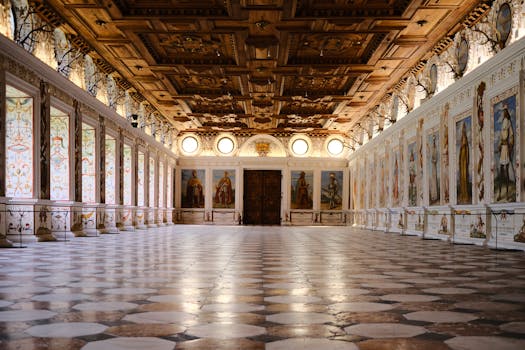
Traveling Through Time: How Europe’s Historical Heritage Shapes Modern Lifestyles in 2025
Traveling Through Time: How Europe’s Historical Heritage Shapes Modern Lifestyles in 2025. Europe, a continent steeped in history and culture, has a unique ability to transport us through time. From the ancient ruins of Greece and Rome to the medieval castles of England and the artistic treasures of the Renaissance, Europe’s historical heritage is a treasure trove of experiences waiting to be discovered. As we journey through the continent, we find that the past continues to shape the present, influencing modern lifestyles in profound ways.
Architecture and Urban Planning
Europe’s historical heritage is perhaps most evident in its architecture and urban planning. The continent is home to some of the world’s most iconic cities, each with its unique character and charm. From the canals of Venice to the boulevards of Paris, and from the Gothic spires of Prague to the modernist masterpieces of Barcelona, Europe’s cities are a testament to the power of human creativity and ingenuity. As we walk through these cities, we are surrounded by the ghosts of the past, reminders of the people and events that have shaped the course of history.
Art and Culture
Europe’s historical heritage is not just limited to its architecture and urban planning. The continent is also home to some of the world’s most famous art and cultural institutions. From the Uffizi Gallery in Florence to the Louvre in Paris, and from the National Gallery in London to the Prado in Madrid, Europe’s museums and galleries are a treasure trove of artistic treasures. Whether it’s the works of the Old Masters, the Impressionists, or the modernists, Europe’s art scene is a reflection of the continent’s rich cultural heritage. As we explore these institutions, we gain a deeper understanding of the historical context in which the art was created, and the ways in which it continues to influence modern culture.
Cuisine and Traditions
Europe’s historical heritage is also evident in its cuisine and traditions. From the pasta dishes of Italy to the tapas of Spain, and from the beer halls of Germany to the tea rooms of England, Europe’s culinary scene is a reflection of the continent’s rich cultural diversity. As we sit down to enjoy a meal, we are participating in a tradition that has been passed down through generations, a tradition that is rooted in the history and culture of the continent. Whether it’s the Christmas markets of Germany, the Carnival of Venice, or the Tomatina festival of Spain, Europe’s traditions and festivals are a celebration of the continent’s heritage, and a reminder of the importance of community and cultural identity.
Modern Lifestyles
So, how does Europe’s historical heritage shape modern lifestyles in 2025? As we navigate the complexities of modern life, we find that the past continues to influence the present in profound ways. Whether it’s the architecture of our cities, the art that we create, the food that we eat, or the traditions that we celebrate, Europe’s historical heritage is a constant reminder of the power of human creativity and ingenuity. As we look to the future, we must also look to the past, learning from the successes and failures of previous generations, and using that knowledge to build a better world for ourselves and for future generations.





